The trading card game Yu-Gi-Oh! has been around for over 20 years, and millions of people worldwide have bought cards and played the game in both casual and competitive formats for decades. If you’re a new Yu-Gi-Oh! player, getting into it can be a bit daunting. Don’t sweat it, as we will give you everything that you need to know about Yu-Gi-Oh! to help you get started.
The goal
In Yu-Gi-Oh!, the main objective is relatively simple. At the start of each traditional Yu-Gi-Oh! game, each player will start with 8000 LP. The goal is to get the opponent’s life points to 0. Do that, and you win.
There is, however, a second way to win in this card game. If a player runs out of cards in the deck, that player loses, and the opponent wins. Because of that rule, stall tactics can work in this game.
The format
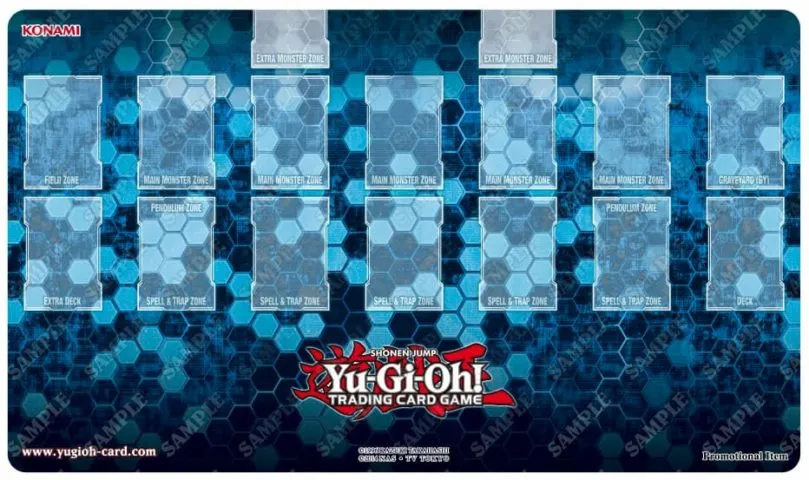
The layout of the board is relatively simple. Each player will have five monster card zones and five spots to lay down either a Spell or Trap card (this section is directly below the monster card row). To the left of these rows will be the Extra Deck, which will get to in a bit. Above that is the Field Zone section, a place where Field Cards can be placed.
To the right, players put down the main deck (right next to the Spell & Trap zone). Deck size is traditionally between 40 to 60 cards, with a maximum of three copies of each card allowed in a deck (unless that card is put on the ban or limited list). Above the deck is the Graveyard section, where destroyed monster, Spell, and Trap cards go. These cards can, however, can come back into the game with the use of either Spell/Trap cards or monster effects. Cards can also be fully removed from play, depending on card effects.
Before we get into the next section, let’s quickly talk about the newest sections of the playing field: Pendulum and Extra Monster Zones. Pendulum zones are used for Pendulum monsters that are used as Spell cards (which we’ll get to in a minute). The Extra Monster zone is used for cards that come from the Extra Deck. There are two of each on the board, with the Pendulum zones slotting next to the Spell & Trap zone, while the Extra Monster zone sits in the center, right above the Monster zones. Keep in mind, however, that the Extra Monster zones are shared by both players.
The phases
In Yu-Gi-Oh!, several phases take place in each turn. Here’s an overview of each:
- Draw Phase – The user draws a card.
- Standby Phase – The user can either use a card on the field’s effect or activate a Spell or Trap card that is on the mat. The opposing player also has the option to activate certain cards.
- Main Phase 1 – The user can set cards and monsters on the field.
- Battle Phase – The user has the option to attack the opposing players. A player can destroy an opposing player’s monster through battle or by card effect. To destroy monsters by battle, the attacking monster’s attack points must be greater than the opposing card’s Attack (if in Attack mode) or Defense (if in Defense mode) points.
- Main Phase 2 – The user can set cards and monsters (if the user did not summon a monster during Main Phase 1) on the field.
- End Phase – Users ends the turn.
Monster cards

Monster cards are arguably the most important part of Yu-Gi-Oh!, as these cards can pop off with crazy effects and do a lot of damage to the opposition. Each monster card has many different characteristics, so it’s important to note what each one means. At the top of the card is the name (noted in the top left), the attribute (displayed in the top right), and the level (which is right below the attribute). Here’s a brief overview of what attributes and levels are:
- Attributes – Each monster has an attribute, such as Fire, Water, or Wind. While attributes don’t mean a lot in battling, these do come into play with card effects and Spell and Trap cards.
- Level – Levels in Yu-Gi-Oh! are important. In most cases, cards with a level of four or less, unless noted by an effect, can be summoned without a tribute. Tributing means that you will need to sacrifice at least one monster to put the new card on the field. Monsters that have a level of either five or six require one tribute. Monsters that have a level of seven or higher require two tributes.
After reading the top of card, move to the bottom half of it. Here, you will find a card’s type, card number, attack and defense points, and description. Here’s a brief overview of what each of these are:
- Type – This is usually denoted by a word such as Warrior, Fiend, etc. This usually denotes which support cards are compatible with it.
- Card Number – This usually denotes what box the card came in.
- Attack and Defense – Attack and Defense points that are listed on the card.
- Description – For normal monsters, this is just a generic backstory on the card. For effect monsters, this lists the effect that the card has.
How to summon Monsters
To summon a monster, you will have to be in either Main Phase 1 or Main Phase 2, in most cases. There are multiple ways to summon a monster, but the most-used manner is the normal summon, which simply summon a monster on the field, or via tribute summon. To summon a monster in attack mode, place it in a vertical position. Monsters in Attack mode can attack other cards on the opponent’s side. To place a card in Defense mode, place it (face-down) horizontally. Unless otherwise noted, it must be placed face down.
However, there are additional ways to summon a monster card. Special summons can occur in some cases, depending on the monster’s card effect. As far as other summoning methods go, we’ll get to those when we go over the types of monster cards.
Monster effects
Let’s get back to effects for a second. Monster effects state what powers a card has on the field, in the hand, or the graveyard. These vary from card to card, so be sure to read a card’s effect carefully before throwing it out on the field.
Kinds of Monster cards
We’ve noted that there are quite a few different kinds of monster cards in Yu-Gi-Oh!. How many are there, exactly? Let’s go over the different kinds:
- Normal – These cards have no effects.
- Effect – These cards have special abilities in Yu-Gi-Oh!.
- Fusion – In order to summon Fusion monsters, you will need to fuse two or more compatible cards (depending on the Fusion monster’s requirements). The spell card “Polymerization” is required to Fusion summon monsters in most cases.
- Ritual – These cards must be summoned, in most cases, with a Ritual spell card and monsters (on the field or in the hand) that meet the Ritual spell card’s requirements.
- Synchro – To summon a Synchro monster, you will need a Tuner monster, combined with a certain material. In some cases, you may need more than two materials, as it depends on the card description.
- Xyz – To Xyz summon a monster, you will typically need to combine two or more monsters of similar levels to form a brand new one.
- Pendulum – Pendulum monsters can either be summoned as regular monsters or be used in the special Pendulum zone as Spell cards.
- Link – These cards need to be summoned and placed on the Extra Monster zone. To summon a Link monster, remove several monsters equal to Link rating (on the bottom right of the card), and send them to the Graveyard. Then, place the Link monster onto an empty space in the Extra Monster zone. Once you summon a Link monster, you can summon a second one and place it on a space that the first Link monster points to (which will be indicated on the arrows of the Link card).
Monster, Pendulum, and effect monsters are not placed in the extra deck. Other cards, such as Fusion and Link monsters, need to be placed in the extra deck. A maximum of 15 monsters is allowed in the Extra Deck.
Spell Cards

Spell cards are green cards that typically range in effect, but most of them have to be activated during your turn. Spell cards can either be placed face-up or face-down in the Spell & Trap Zone.
There are many different spell cards, so let’s go over what each one is:
- Normal – Does not have a symbol on it. This card, in most cases, must be sent to the Graveyard upon activation.
- Continuous – Denoted with an infinity symbol. Unless otherwise noted, this card stays on the field after usage.
- Equip – Denoted by a cross symbol. This card must be equipped and attached to another card (typically a monster) on the field. Equip Spell cards, unless otherwise noted, stay in the Spell & Trap zone upon usage and activation.
- Field – Denoted with a compass-looking symbol. This card must be placed in Field zone section of the mat, and it has broad effects on all monsters on the field. Both players can have Field cards active on the field. Field Spell cards, unless otherwise noted, stay on the field upon usage and activation.
- Quick-Play – Denoted by an S-like symbol. Virtually all Spell cards need to be activated during a user’s turn, except Quick-Play cards. Quick-Play cards can be activated during any phase of the opponent’s turn, provided that it’s set on the field.
Trap Cards
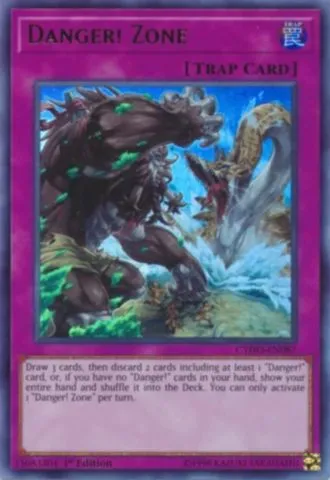
Trap cards will appear to be similar to Spell cards, and that’s somewhat the case. However, the big difference with Trap cards is how you can activate them. Unless otherwise noted, Trap cards must be placed and set face-down in the Spell & Trap zone.
So what kind of Trap cards are there? Let’s go over them:
- Normal – Does not have a symbol on it. This card, unless otherwise noted, must be sent to the Graveyard upon activation.
- Continuous – Denoted with an infinity symbol. Unless otherwise noted, this card stays on the field after usage.
- Counter – Denoted with a left-pointing arrow. This card can only be activated depending on the card’s effect. For example, if the Counter card stated, “After a Spell card is activated,” you will only be able to use that card once the opponent puts a Spell card in play.

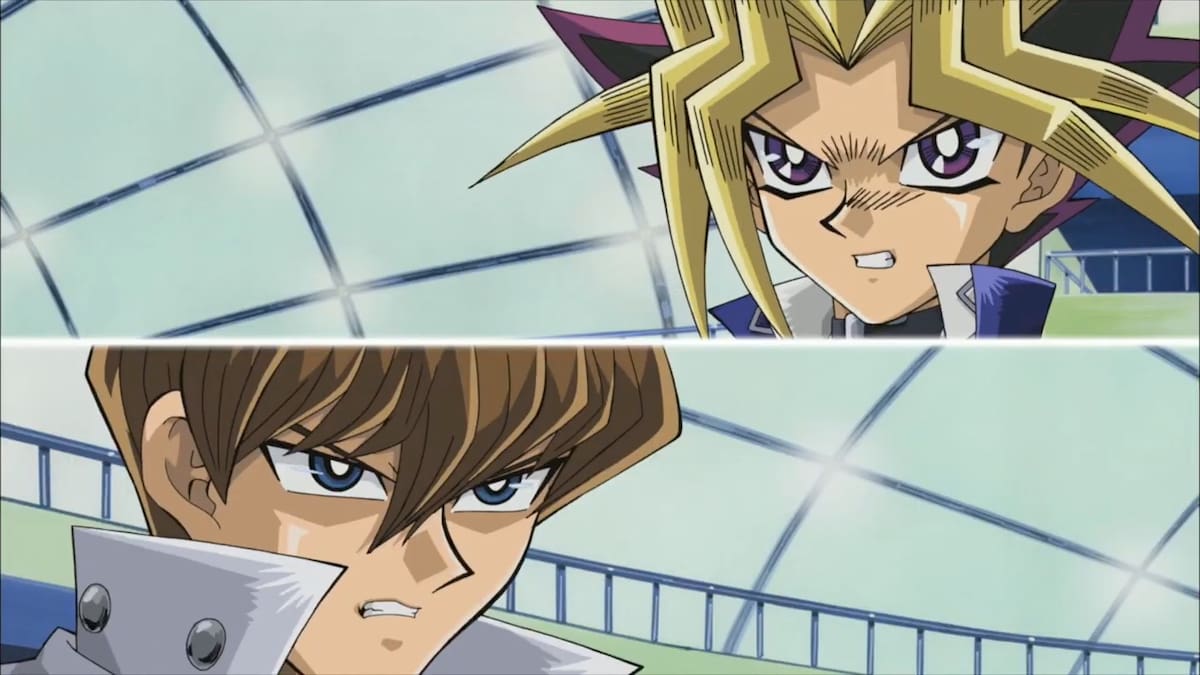
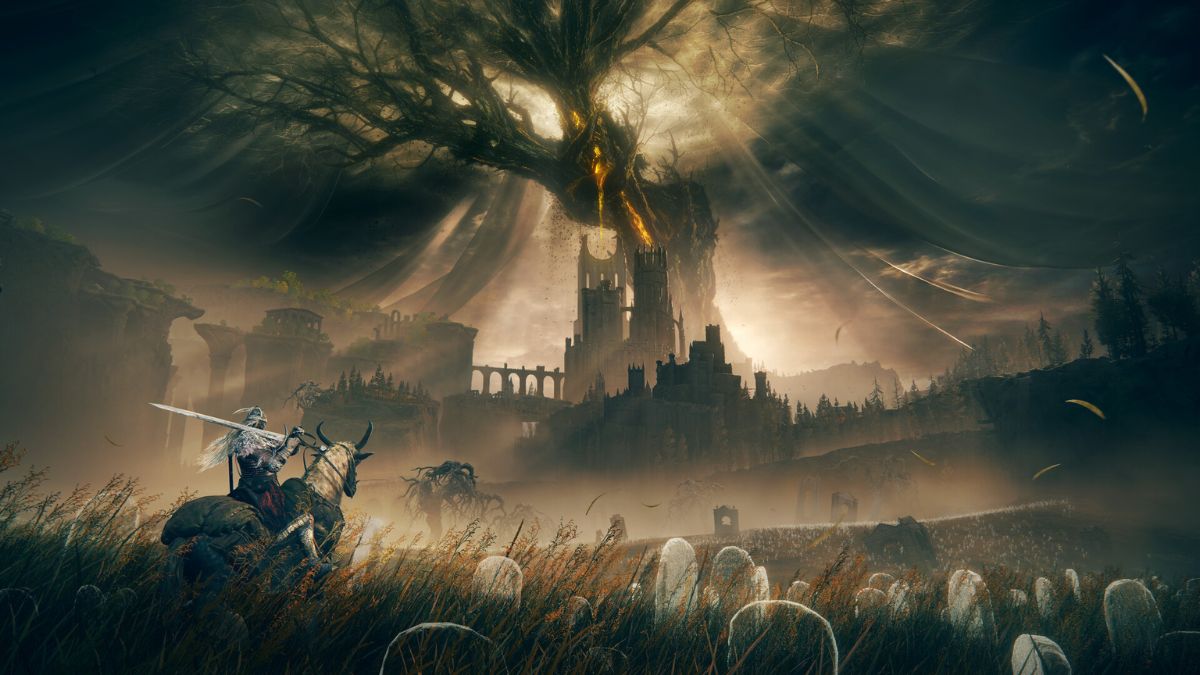
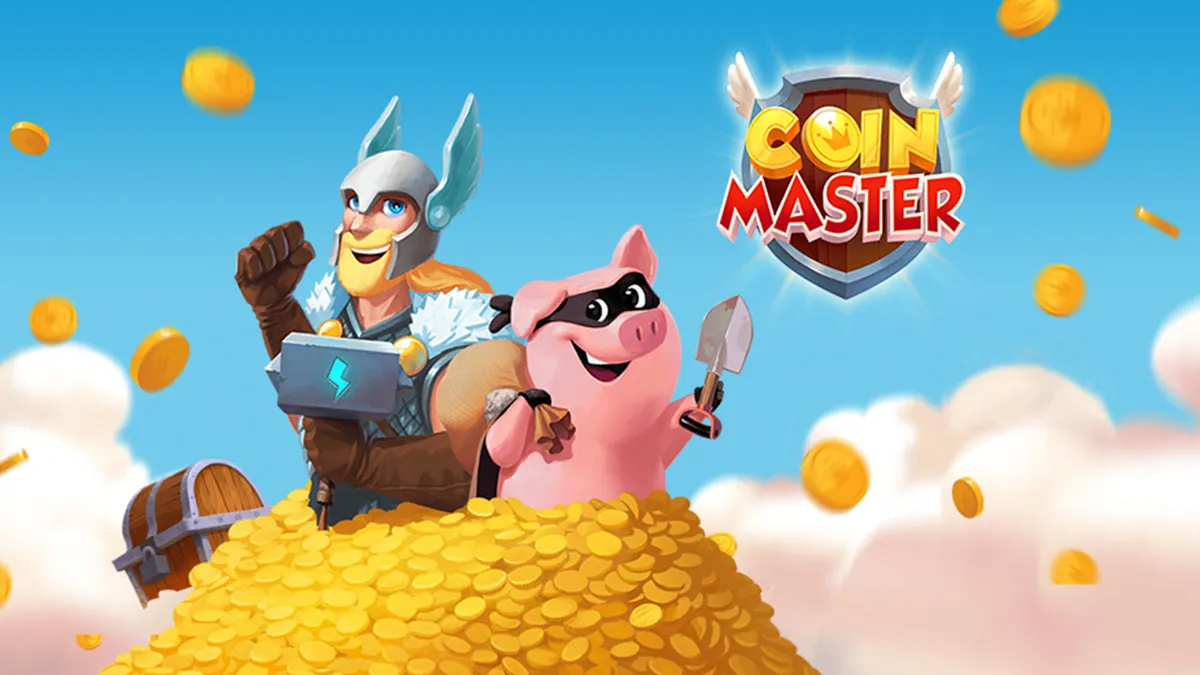
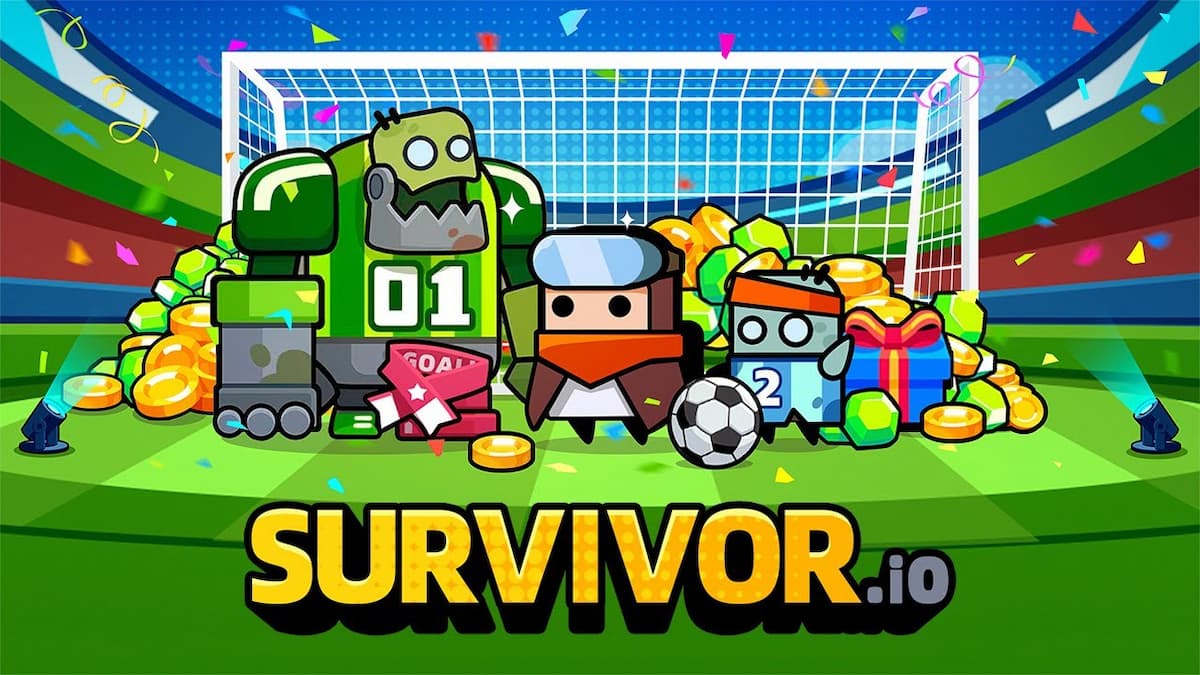

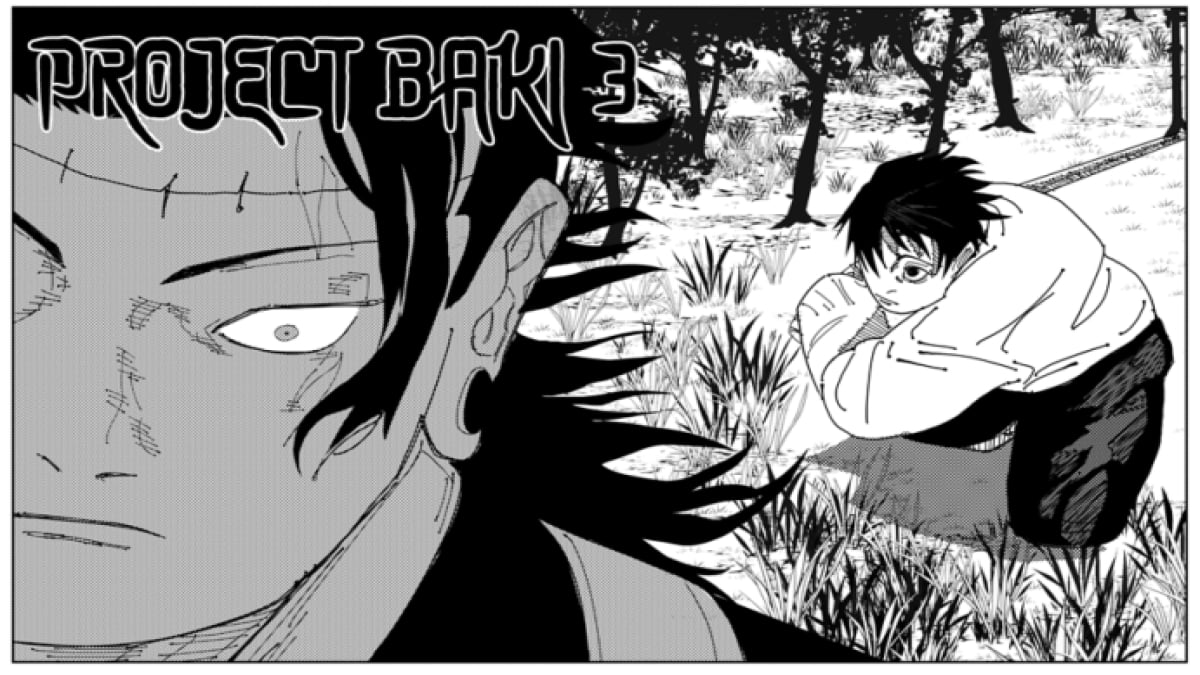
Published: Dec 13, 2020 11:08 pm